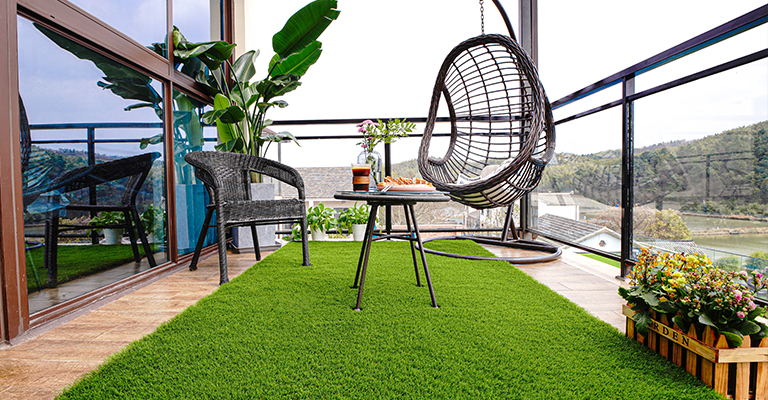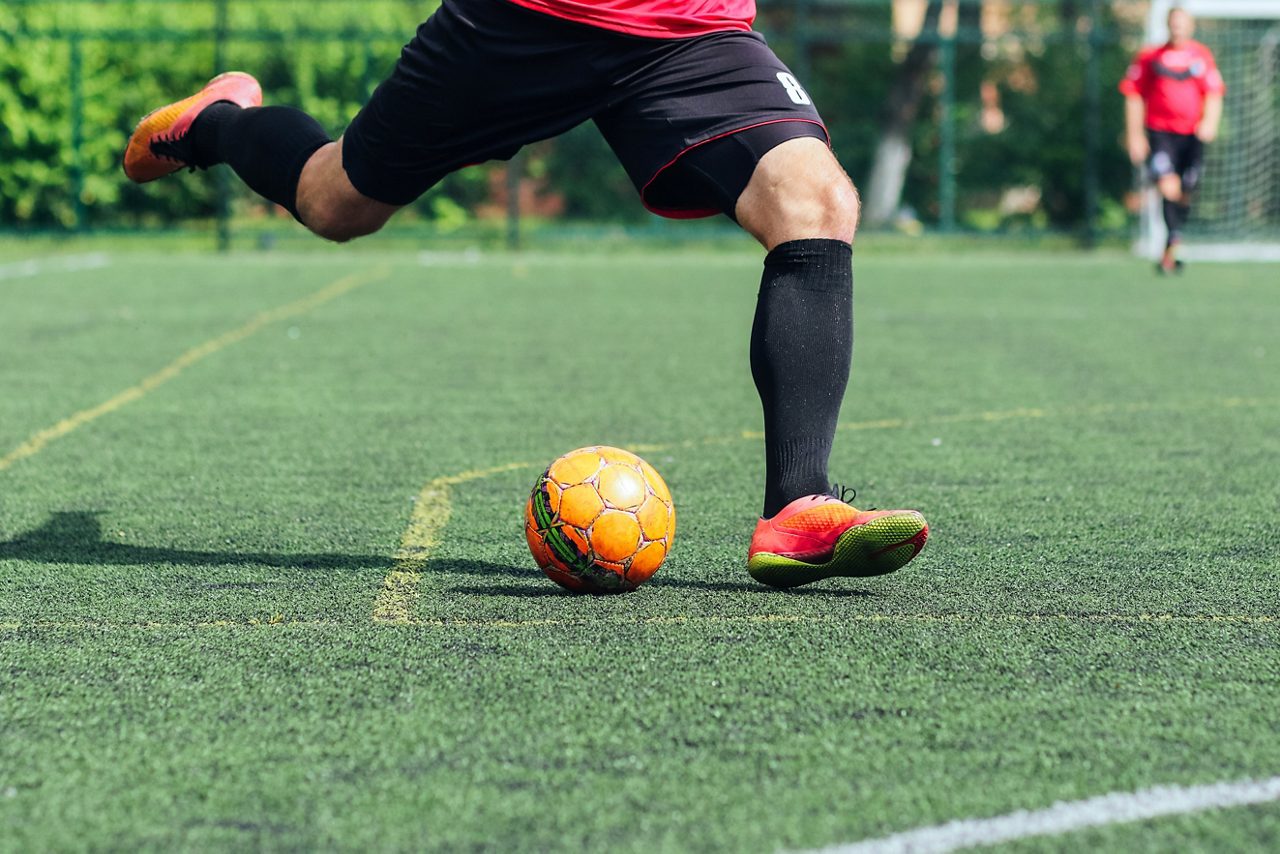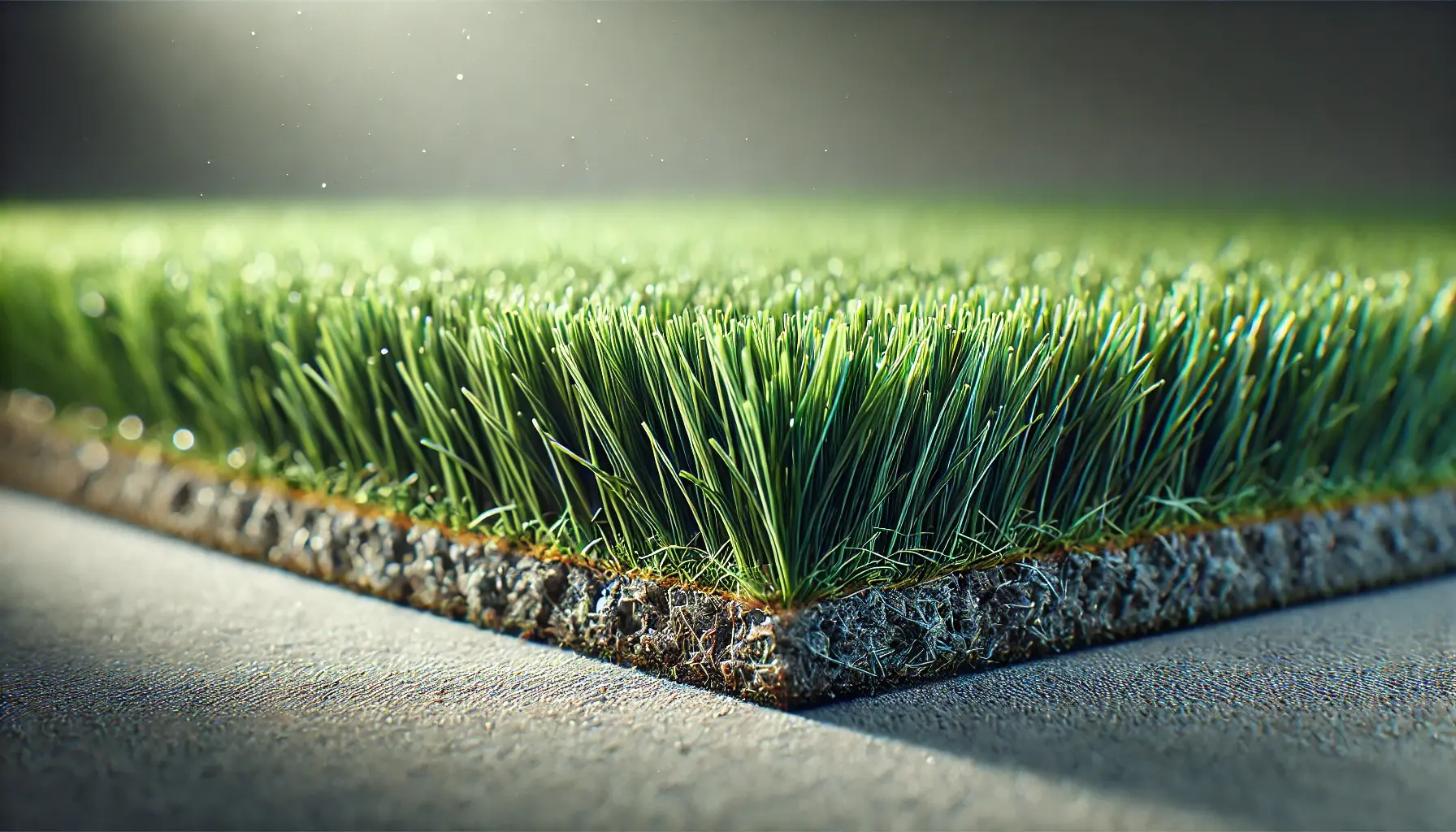Expert Arizona Turf Installation Solutions for Residential and Commercial Use
Expert Arizona Turf Installation Solutions for Residential and Commercial Use
Blog Article
Look Into the Environmental Benefits of Opting for Synthetic Grass Solutions
The fostering of man-made grass solutions offers an engaging opportunity to address pushing environmental challenges. By considerably minimizing water usage and reducing the application of harmful chemicals, these options not only advertise sustainable landscape design but likewise protect regional ecosystems. Furthermore, the lower carbon impact connected with lowered upkeep tasks adds to a much more lasting approach to land administration. However, the ramifications of these advantages extend beyond plain conservation efforts, increasing concerns about their long-lasting effect on environment preservation and total ecological equilibrium. Exploring these dimensions reveals an intricate interaction worth considering.
Water Conservation Advantages
One of the most substantial advantages of synthetic grass is its capability to preserve water. Conventional yard yards require substantial watering, particularly in areas vulnerable to drought or water constraints. In contrast, man-made turf does not require watering, dramatically reducing the total demand for water sources. This feature is especially useful in deserts where water shortage is a pressing concern.
By getting rid of the need for routine watering, fabricated grass adds to lasting landscape techniques and assists minimize the ecological impact of too much water usage. Additionally, the conservation of water encompasses the decrease of runoff, which can result in dirt disintegration and river pollution.
Additionally, the installation of synthetic grass permits municipalities and house owners to allocate water resources more efficiently, concentrating on important uses such as drinking water and farming. The change in the direction of artificial turf not only promotes responsible water use but also lines up with more comprehensive ecological goals focused on protecting natural resources.
As neighborhoods progressively prioritize sustainability, the water preservation advantages of synthetic grass provide an engaging case for its fostering in residential and business landscaping projects.
Lowered Chemical Use
The shift to synthetic lawn dramatically decreases the dependence on chemical therapies frequently used in natural yard upkeep. Standard grass monitoring usually involves the application of pesticides, plant foods, and herbicides to promote growth and control insects. These chemicals can pose dangers to human health and wellness, neighborhood wild animals, and the setting, adding to dirt and water contamination.
In contrast, fabricated turf gets rid of the need for these harmful compounds. By decreasing the launch of synthetic compounds into the ecosystem, fabricated grass advertises much healthier dirt and water systems.
Moreover, the absence of chemical drainage connected with fabricated grass setups helps protect local waterways from contamination, supporting aquatic life and preserving biodiversity. Phoenix turf companies. As areas significantly prioritize sustainable practices, choosing synthetic grass presents a feasible service that straightens with ecological preservation goals. With this shift, homeowner can delight in lush environment-friendly areas without compromising ecological health and wellness, leading the way for a much more lasting future
Lower Carbon Impact

Moreover, the setup of synthetic turf can lead to considerable water conservation. All-natural yards need substantial amounts of water for watering, which not just includes to the carbon impact connected with water extraction and treatment however also stress neighborhood water sources. In comparison, man-made lawn requires very little upkeep, needing no watering, consequently significantly reducing water usage and its connected energy costs.
Additionally, the longevity of synthetic turf contributes to its reduced carbon influence. With a lifespan of as much as 15 years or more, the need for constant substitutes is lessened, resulting in much less waste and reduced power usage in production and taking care of typical yard choices. Generally, man-made lawn provides a sustainable option for eco aware landscape design.
Environment Preservation
Habitat conservation is an important consideration in the argument over landscaping selections, especially when comparing synthetic turf to natural yard. All-natural grass lawns typically call for considerable maintenance, consisting of making use of plant foods, herbicides, and pesticides, which can detrimentally affect regional ecological communities. These chemicals can leach right into the soil and original site rivers, harming indigenous flora and animals and interrupting local habitats.
Fabricated lawn removes the demand for unsafe chemicals, thereby safeguarding nearby wildlife and maintaining the honesty of surrounding communities. The setup of synthetic grass can lead to the conversion of former turf areas into more biodiverse landscapes, such as pollinator yards or indigenous plant locations, which can sustain neighborhood wild animals.
Eventually, the shift to artificial lawn not just preserves water and lowers upkeep efforts however likewise promotes a more unified connection in between human activities and the natural surroundings, advertising environment preservation at the same time.
Long-Term Sustainability
Long-term sustainability is a crucial consider examining the benefits of synthetic grass over conventional lawn yards. One of the most substantial advantages of man-made turf is its resilience; it can last up to 15-20 years with very little maintenance, whereas all-natural lawn requires constant reseeding and replacement. This durability reduces the demand for constant sources, such as water, fertilizers, and chemicals, which are necessary for maintaining a healthy and balanced grass lawn.
Additionally, fabricated grass adds to a reduction in carbon discharges related to grass care tools. Conventional grass typically call for gas-powered lawn mowers, trimmers, and blowers, every one of which add to air pollution. Turf installation phoenix az. In comparison, artificial grass removes the demand for such devices, advertising a cleaner environment
Additionally, the manufacturing of synthetic grass significantly utilizes recycled products, boosting its sustainability profile. As producers take on green practices, the environmental impact of fabricated turf remains to lessen.

Conclusion
The fostering of man-made turf solutions offers substantial environmental advantages, consisting of significant water preservation, decreased dependence on dangerous chemicals, and a lower carbon impact. Artificial grass help in protecting all-natural habitats by minimizing land disturbance and advertising long-lasting sustainability with the usage of durable materials. Collectively, these variables highlight the possibility of synthetic grass to contribute positively to ecological wellness and offer a sensible alternative to conventional landscape design practices in a progressively resource-conscious globe.
In contrast, man-made lawn does not need read the full info here watering, substantially decreasing the general need for water resources. By minimizing the release of synthetic substances right into the ecosystem, synthetic grass advertises healthier dirt and water systems.
In addition, the installation of synthetic turf can result in considerable water preservation. In comparison, fabricated lawn requires marginal upkeep, needing no watering, consequently substantially reducing water use and its associated energy costs.

Report this page